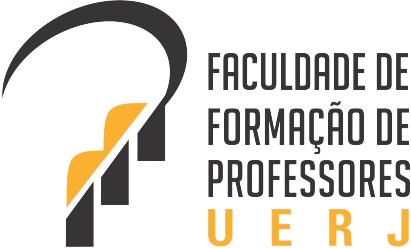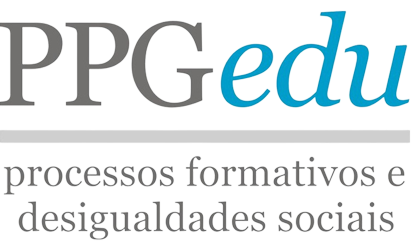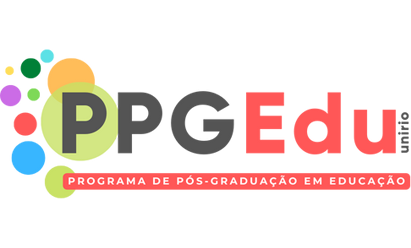“What about the female clown?”: clown as a tool of accessibility
DOI:
https://doi.org/10.12957/riae.2025.84856Keywords:
clown, feminism, accessibility, subversion, laughterAbstract
This article, based on an ongoing research in the masters program Programa de Pós-graduação em Artes da Cena, at UFRJ, has the goal to deal with the inclusion of subalterns through the circus, specially through clowns, using the concept of accessible art as a means of discussion and texts from Muñoz, Deleuze and Guattari and Marcolla, focusing in neurodivergent women. Beyond that, intends to approach the construction of femininity using Engels, Butler and Lerner, talk about what we laugh off in the current times and to discuss how our laughter is built from our early childhood until adult life by connecting itself with the research of McGhee, passing through the construction of reality and desire with Fanon. The results found through the readings indicate that it is possible to include neurodivergent people in the circus as audience as well as creators of scenes and spectacles. Considering the focus on clowns, these subalterns bring a rich discussion to the contemporary scene of female clowns.
Downloads
Published
How to Cite
Issue
Section
License
Copyright (c) 2025 Letícia Figueiredo dos Santos

This work is licensed under a Creative Commons Attribution-NonCommercial 4.0 International License.
Authors retain copyright to their work, are permitted to publish and distribute their work online (e.g., in institutional repositories or on their personal page) at any point before or during the editorial process, as this may generate productive changes, as well as increasing the impact and citation of published work.
The acceptance of the text implies the authorization and exclusivity of the Revista Interinstitucional Artes de Educar regarding the right of first publication, the published works are simultaneously licensed with a Creative Commons Attribution-Non Commercial 4.0 International License 























